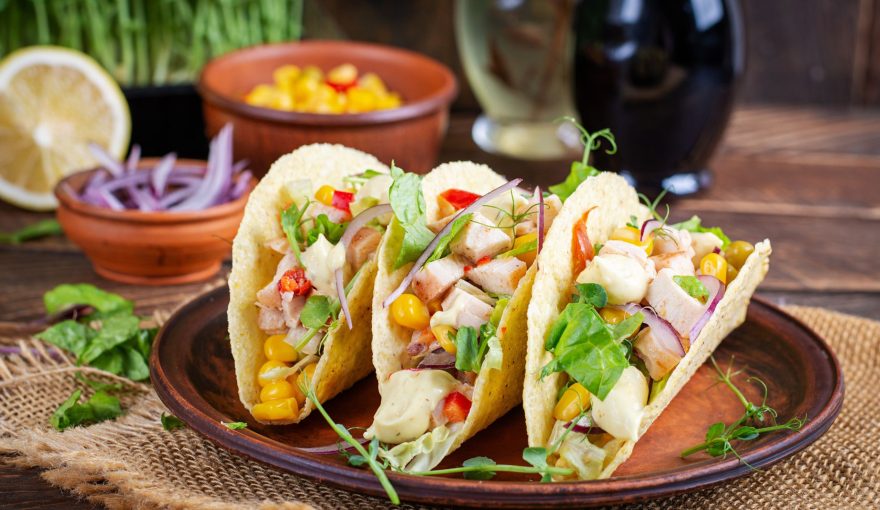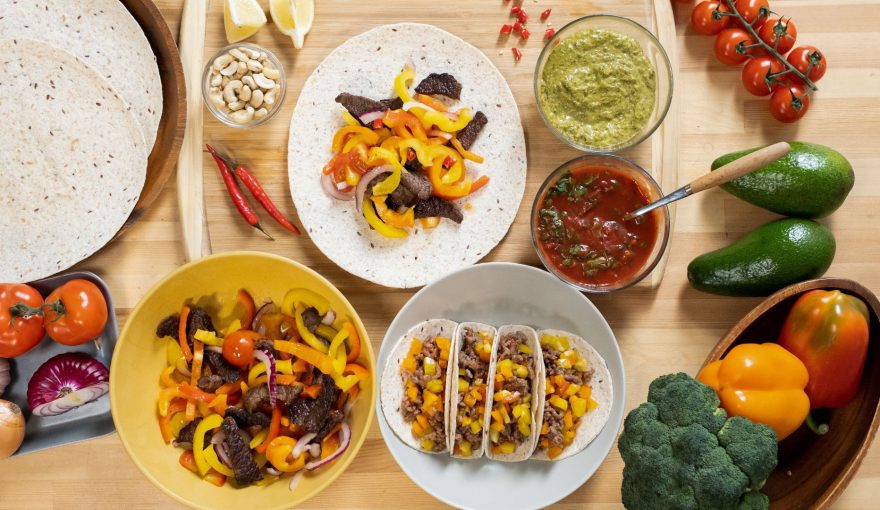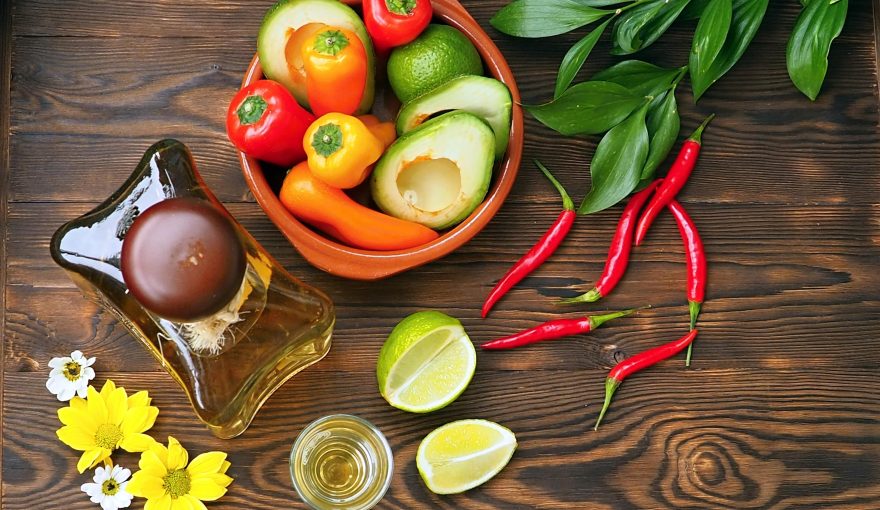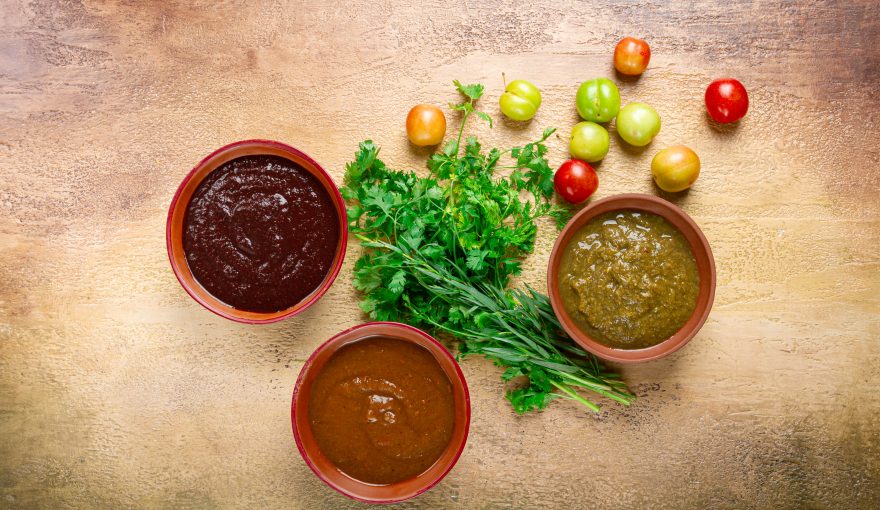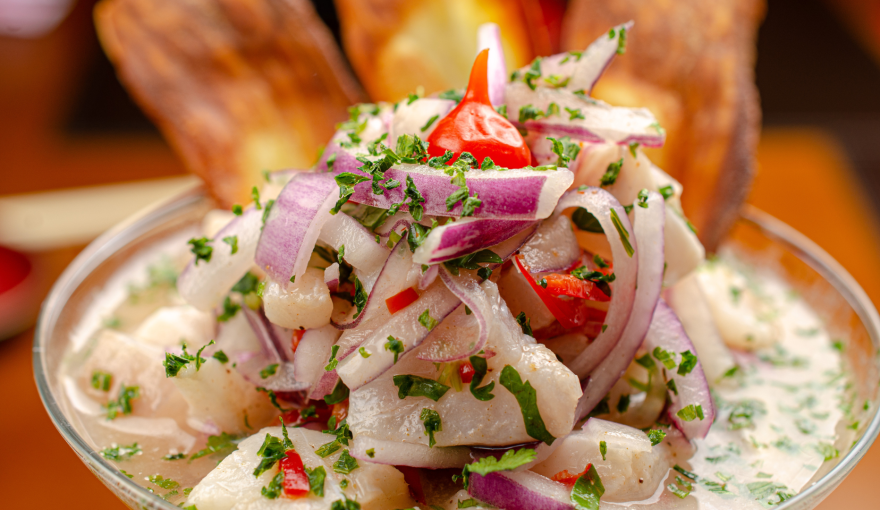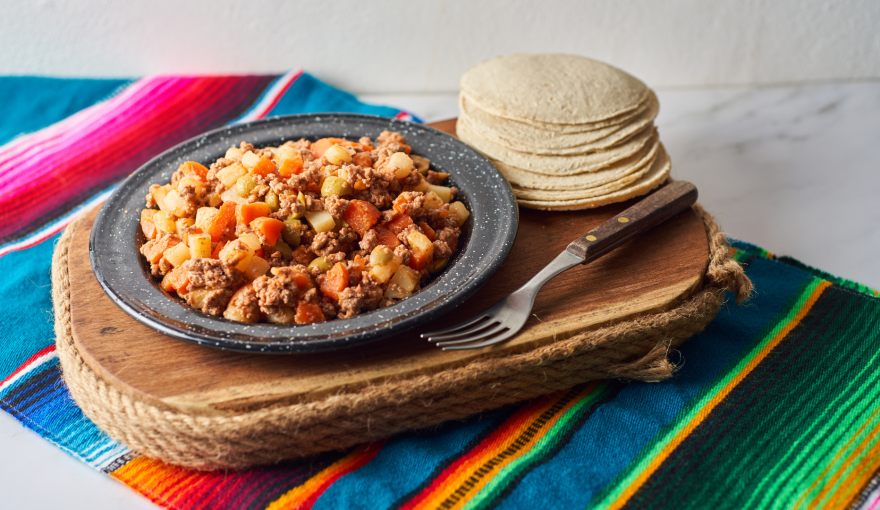Healthy Latin American Cuisine: Traditional Recipes with a Nutritious Twist
Latin American cuisine is a mosaic of vibrant flavors, irresistible aromas, and ancient traditions. However, in a world where health and nutrition are increasingly important, we also seek to enjoy these authentic flavors without sacrificing our well-being. At Azucar Restaurant, we believe we can merge the cultural richness of our cuisine with a healthier approach, creating recipes that honor our roots while caring for our bodies.
The Challenge of Maintaining Cultural Essence with Healthier Ingredients
Traditionally, many Latin American recipes use ingredients such as saturated fats, refined sugars, and preservatives. But with a little creativity and knowledge, it’s possible to modify these recipes to make them more nutritious without losing their authentic character and flavor. The key is to replace or reduce certain ingredients, incorporate superfoods, and use cooking techniques that enhance natural flavors.
Ideas and Recipes for a Healthy Twist on Latin American Cuisine
Fish Tacos with Mango and Avocado Salsa
Traditionally, tacos include fatty meats or cured meats. For a healthier version, opt for white fish or salmon, which provide lean protein and omega-3 fatty acids. Add a mango and avocado salsa, rich in antioxidants and healthy fats, respectively. Use whole-wheat corn tortillas to increase fiber and reduce refined carbohydrates.
Quinoa Salad with Cilantro, Tomato, and Corn
Quinoa, native to the Andes, is an excellent source of complete protein, fiber, and minerals. Combine it with fresh tomatoes, sweet corn, red onion, and cilantro for a dish full of flavor and color. Dress with lemon juice, extra-virgin olive oil, and a touch of sea salt to enhance the flavors without excess sodium.
Tamales with Whole-Wheat Dough and Vegetable Filling
Tamales are a symbol of celebration in many Latin American cultures. To make them more nutritious, use whole-grain corn masa and fill them with roasted vegetables, mushrooms, or legumes. You can add a little low-fat queso fresco or avocado for creaminess, always keeping your portions in mind.
Tortilla Soup with Homemade Broth and Healthy Toppings
Instead of using processed bouillon cubes, make homemade broth with chicken bones or vegetables. Include chunks of chayote, squash, and spinach, and garnish with chunks of corn, avocado, and a touch of queso fresco. Tortilla soup can be a comforting and nutritious option when prepared with natural ingredients.
Tips for Maintaining Authenticity and Health
- Use fresh and local ingredients: The quality of the ingredients makes a difference in flavor and nutritional value.
- Reduce the amount of fat and sugar: Opt for healthy oils like olive or avocado, and limit added sugars.
- Increase your consumption of vegetables and legumes: They are essential in many traditional recipes and provide fiber, vitamins, and minerals.
- Experiment with spices and herbs: Using ingredients like cilantro, epazote, garlic, and fresh chilies enhances flavors without excessive salt.
The taste of tradition, with a touch of healthy innovation
Integrating a nutritious approach to Latin American cuisine doesn’t mean losing our cultural essence; on the contrary, it’s a way to respect and celebrate our roots while adapting them to current needs. At Azucar Restaurant, we’re proud to offer dishes that combine tradition and health, so that every bite is a journey of flavor and well-being.
Want to discover more healthy recipes with a Latin touch? Visit us at azucarrestaurantmd.com and join us on this culinary adventure that honors our culture and takes care of you.

